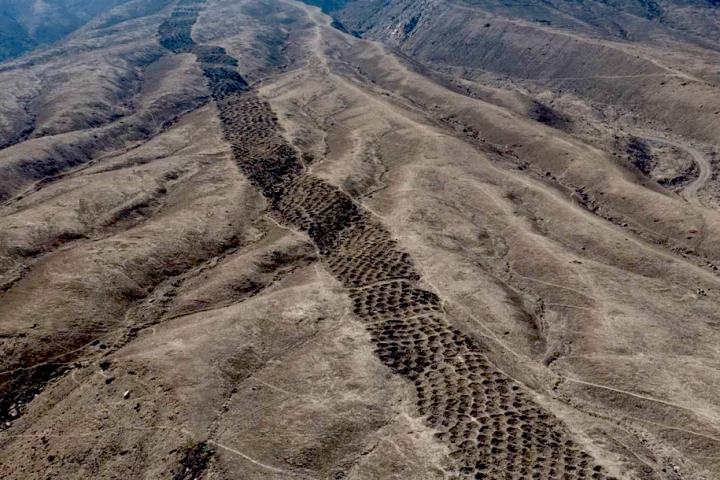Technology giants Sony and Panasonic are joining forces to create a single optical disc with 300 GB of capacity by 2015. Both companies have developed their own high capacity optical disc technology in the past, and the joint venture will aim to create a new format to target large amounts of storage for corporations, though it could be introduced into the consumer market as well.
Very little is known about the technology at this stage, but the development is a show of continued faith in optical media for both companies. In September 2012, Sony built a file-based optical disc archive system. These discs (pictured above) are used by top professionals who shoot HD video coverage, which requires large amounts of storage. In July of this year, Panasonic launched the LB-DM9 series of optical disc storage devices. It uses a dedicated magazine that's just 20.8mm thick and houses 12 100 GB discs.
Though it's not clear if the new optical disc technology from the two companies will keep your data secure for 1,000 years like M-DISC the new technology sounds exciting, and may come as welcome news to businesses which aren't completely convinced about cloud storage or the lifespan of hard drives or SSDs.
Source: Sony




